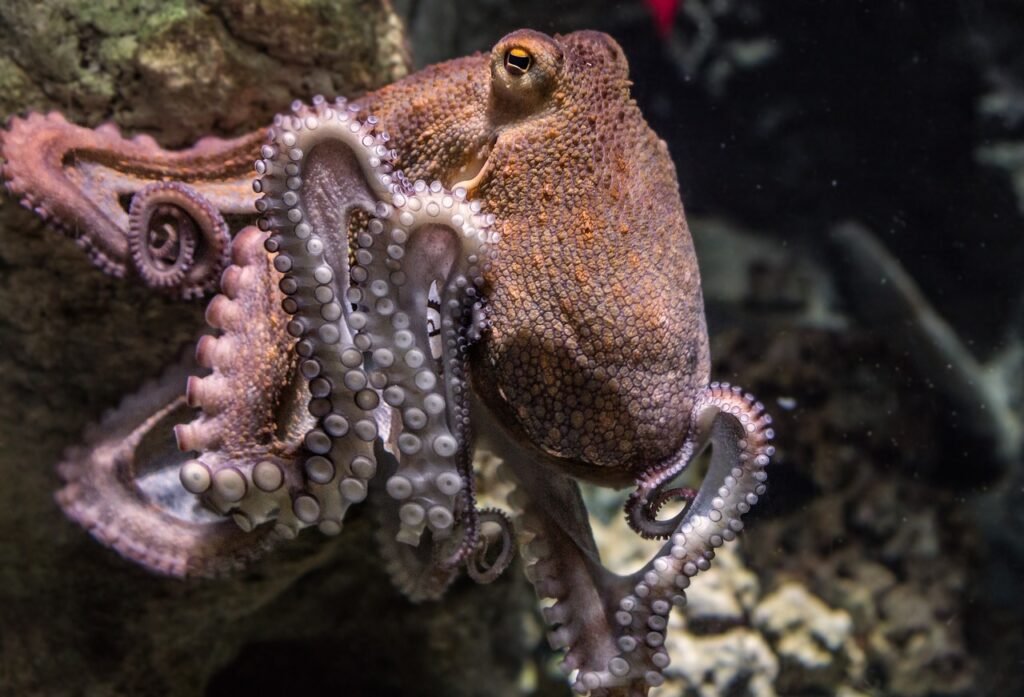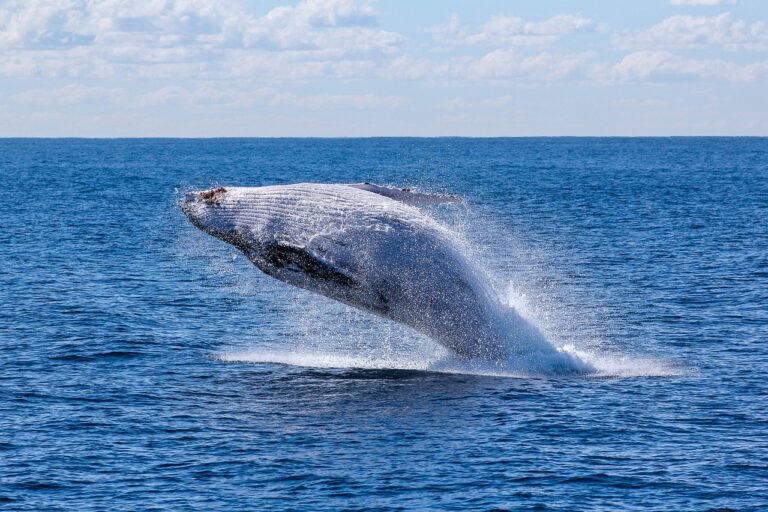
Nature is full of fascinating and sometimes heartbreaking phenomena. One such occurrence is the life cycle of certain animals that die soon after giving birth. While it may seem tragic, this reproductive strategy has its place in the grand tapestry of evolution. For these species, the ultimate sacrifice ensures the continuation of their lineage, highlighting the complex balance between life and death in the natural world. This phenomenon is seen in a variety of animals, each with unique adaptations and behaviors that support their reproductive success despite the high cost to the individual.
In this blog post, we will explore some species known for this unique lifecycle. We’ll delve into their habitats, reasons for their post-reproductive deaths, and any notable behaviors or adaptations they exhibit. By examining these species, we gain a deeper understanding of the diverse strategies life employs to thrive on our planet and the remarkable sacrifices some creatures make to ensure the survival of their offspring.
Pacific Salmon
Pacific salmon are renowned for their incredible migration journeys and are a keystone species in their ecosystems. The most well-known species include the Chinook, Sockeye, and Coho salmon. These salmon species are native to the North Pacific Ocean and rivers that flow into it, primarily in North America and Asia. They hatch in freshwater rivers and streams, migrate to the ocean to grow and mature, and return to their birthplaces to spawn.
The journey back to their spawning grounds is arduous. Once they reach their natal streams, they undergo significant physiological changes, including the breakdown of their digestive systems to channel all energy into reproduction. After spawning, the energy depletion, coupled with physical exhaustion and changes in their bodies, leads to their death.
Pacific salmon are known for their remarkable homing instinct, using a combination of environmental cues and an innate sense of smell to locate their birthplace after years in the ocean. This homing behavior ensures that they return to suitable habitats for their offspring.
Octopuses
Octopuses are highly intelligent cephalopods known for their problem-solving abilities and unique morphology, including eight arms and the ability to change color and texture. They are found in oceans worldwide, from shallow coastal waters to the deep sea. Different species inhabit various marine environments, including coral reefs, seagrass beds, and the ocean floor.
Female octopuses exhibit an extreme form of parental care, guarding their eggs for months without eating. They aerate and clean the eggs until they hatch. This prolonged fasting and energy expenditure lead to the female’s death shortly after the eggs hatch. For males, mating often results in them becoming physically weakened or injured, leading to a shorter lifespan post-reproduction
Octopuses exhibit incredible maternal dedication. The female’s self-sacrifice ensures the highest chance of survival for her offspring, as her constant vigilance protects the eggs from predators and environmental hazards.
Praying Mantises
Praying mantises are predatory insects known for their distinctive front legs, which they hold in a posture resembling prayer. They are excellent hunters and have a unique, somewhat gruesome reproductive strategy. They are found in temperate and tropical habitats worldwide, including forests, grasslands, gardens, and even urban areas. They are especially common in warmer climates.
Sexual cannibalism is a well-documented behavior in praying mantises. During or after mating, the female often bites off the male’s head and consumes him. This provides her with a significant nutritional boost that enhances the development of her eggs. The male’s demise, while beneficial to the female, is an inevitable part of his reproductive role.
Praying mantises have developed an exceptional ability to remain motionless and camouflaged, making them efficient ambush predators. Males approach females cautiously to minimize the risk of being eaten too early. The act of mating itself can sometimes distract the female, allowing the male to escape post-copulation cannibalism, though this is not always successful.
Squids
Squids are cephalopods with elongated bodies, large eyes, and ten limbs. They are known for their ability to move rapidly by jet propulsion and their complex behaviors. They are found in oceans all over the world, from the surface to the deep sea. They inhabit a variety of marine environments, including open waters, reefs, and oceanic trenches.
Similar to octopuses, many squid species die shortly after reproduction. After mating, female squids lay their eggs in clusters and often guard them until they hatch. The energy expended during this period, combined with physiological changes that occur post-mating, leads to the female’s death. Males also often die shortly after mating due to exhaustion and injuries sustained during the reproductive process.
Squids have complex mating behaviors, including elaborate displays of color changes and physical posturing to attract mates. Their ability to produce large quantities of eggs in a single reproductive event maximizes the chances of their offspring’s survival.
Mayflies
Mayflies are aquatic insects known for their short adult life spans, often living only a few hours to a few days. They are an important part of freshwater ecosystems and serve as indicators of water quality. They are found in freshwater habitats worldwide, including rivers, streams, lakes, and ponds. They are especially common in clean, well-oxygenated waters.
Mayflies are the epitome of ephemeral existence. Adult mayflies emerge from the water with the sole purpose of reproducing. They do not eat during their short adult life and lack functional mouthparts. After mating and laying eggs on the water’s surface, they quickly die, having fulfilled their reproductive role.
Mayflies have synchronized mass emergences, often creating spectacular swarms. This behavior increases the chances of finding a mate and overwhelms predators, ensuring that enough individuals survive to reproduce. Their aquatic larvae, known as nymphs, live for several months to years before emerging as adults.
Conclusion:
The phenomenon of animals dying shortly after giving birth is a poignant reminder of the complexities of survival and evolution. For Pacific salmon, octopuses, antechinus, male orb-weaving spiders, praying mantises, squids, and mayflies, this strategy ensures the continuation of their species, despite the high individual cost. These life cycles highlight the delicate balance between life and death, sacrifice and survival, in the natural world. Understanding these unique reproductive strategies deepens our appreciation for the diverse ways life adapts to thrive on our planet.


